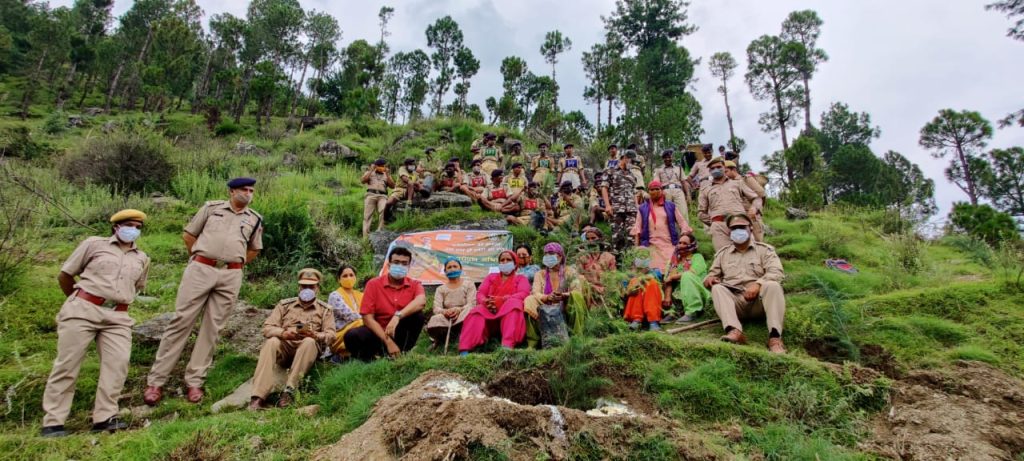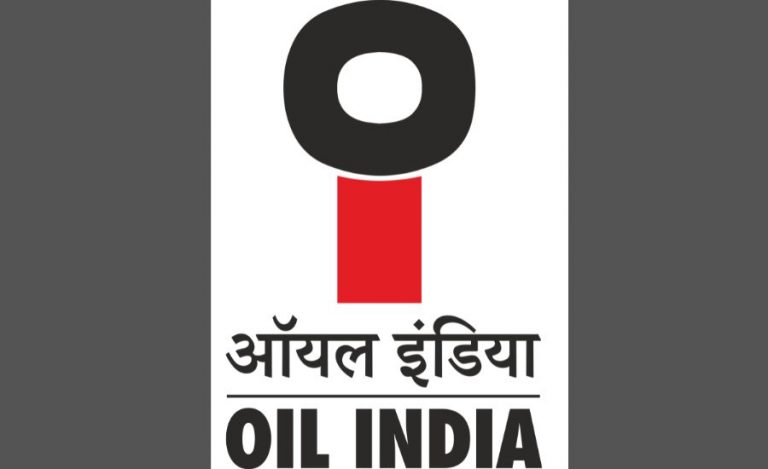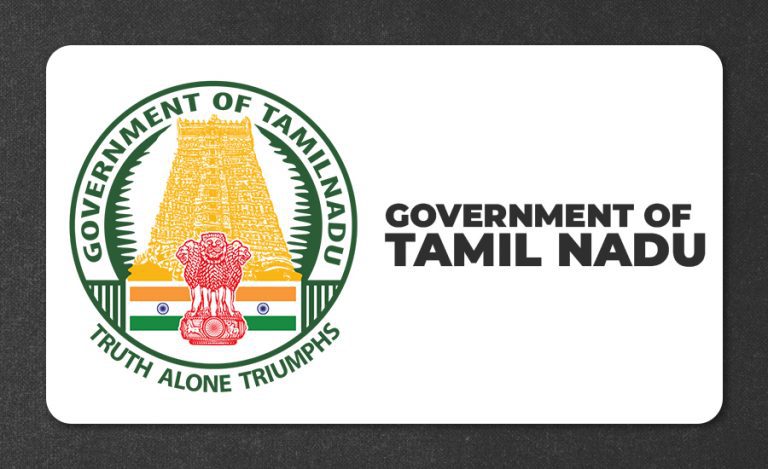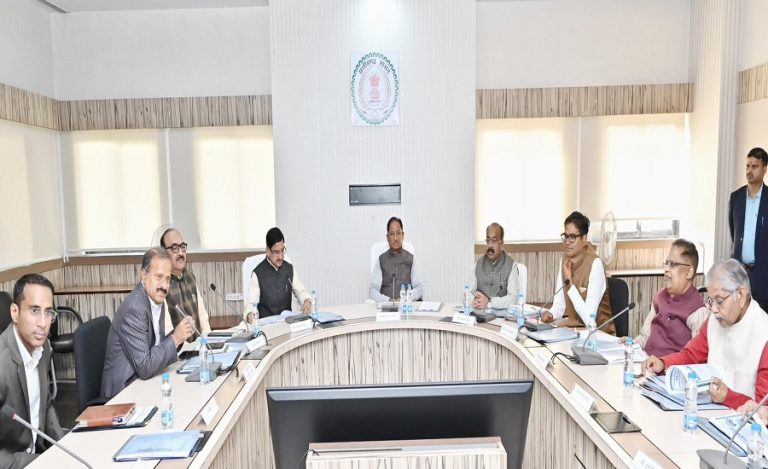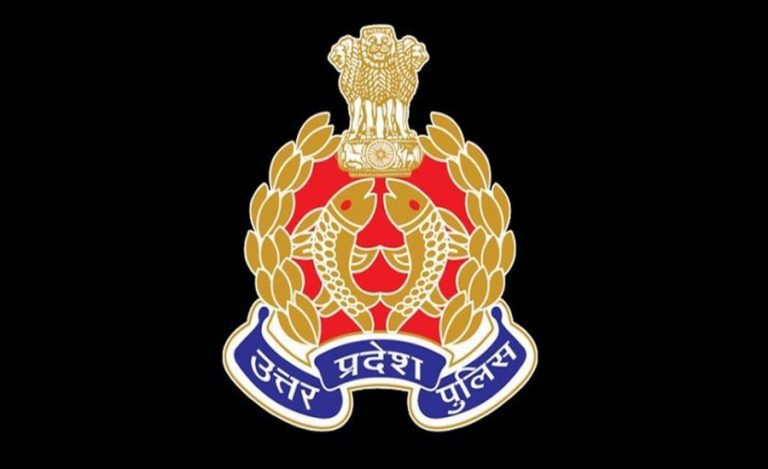Himachal Pradesh hills are ravaged by frequent landslides, floods and cloudbursts every year taking its toll on the green cover in the state. One person who is contributing his bit to compensate for the loss, is Indian Forest Service (IFS) officer and Deputy Conservator of Forests (DyCF), Parvati Division Mr. Aishwarya Raj. He and his team is planning to plant about 2.2 lakh saplings by the end of monsoon season this year.
During a conversation with Indian Masterminds, the officer spoke about his plan and preparation to implement the government’s order.
MOBILISING THE COMMUNITY
The Parvati valley plantation will cover 498 hectare across all the ranges. “We will be planting at least 3.9 lakh plants in the whole. Majority of which will be covered in the current monsoon season. We have a plan to cover 240 hectares with 2.2 lakh plants. The remaining will be planted in the winter planting”, said Mr. Raj.

After the Mahotsav kicked start on 20th July, the team has managed to plant 30,000 trees so far. The forest department has involved local bodies like panchayat, school children and NGOs in the drive. “The idea is to reach out to maximum number of people not just for the plantation but also to take care of them afterwards. The plantation drive will continue till the end of August. We are also engaging the community in the maintenance of plants that were planted last or last to last year.”
The department is distributing 51 varieties of saplings to 200 wards and panchayats. “We are distributing both fruits and deodar plants. They are free to plant them in their private space or join us at our plantation sites”, said the officer.
ENSURING SURVIVAL
Parvati division is tough, steep and mountainous region where plantation is much more difficult than in the plains. The whole process starts one month before the Mahotsav starts. First the seeds are grown and saplings are nurtured like a baby in nursery. Then the process of separating healthier saplings starts which is called ‘grading’.
“You could say the plants are first tendered like an infant and then before sending them to a boarding school a selection process is followed”, said the officer.
After the selection the saplings are sent to the plantation sites a week in advance. During this period they are left under the shades of tress so that they adjust to the climatic and geographic condition of the forest area. Meanwhile, pits digging & fencing of the areas is done.
“Hardening of the plant is really necessary to ensure the maximum survival rates. Our aim is not only to plant them but also to look after their survival. It is tough to grow trees in forest areas due to harsh condition so, we are following every steps without any miss”, said Mr. Raj.
HOW IT STARTED
In 1947, the year of Independence, M S Randhawa, a civil servant, organized a tree plantation week for first time from 20th to 27th July. This tradition continued till 1950 when first week of July was officially declared as Van Mahotsav and the activity was included in the national calendar. Since then, various activities to promote tree plantation are organized at state and central level between 1st to 7thJuly.
In Himachal Pradesh the Van Mahotsav starts after monsoon arrives in late July. This year the Chief Minister officially inaugurated the Van Mahotsav on 18th July. Due to Covid-19, the annual celebration has been shortened and all the forest division has been advised to carry out their own Mahotsav with the help of local bodies.

